Grand Turk Churches & Places of Worship
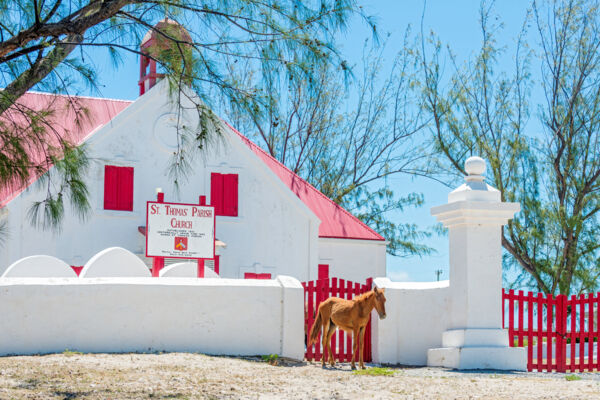
Historically , and as may be expected as the island hosts the country’s capital of Cockburn Town, Grand Turk has been home to some of the finest churches in the Turks and Caicos. Several denominations are represented, including Anglican, Methodist, Baptist, and Catholic.
Many of the island’s churches were built during the golden age of sea salt production in the early to mid-1800s. As was common with important buildings in the country at the time, cut and mortared stone blocks with a protective stucco were utilized for most churches.
Although not large, the older churches on Grand Turk were built with cost, care, and attention, often with expensive imported materials. An example is the St. Thomas Anglican Church on the salinas at Cockburn Town, which was constructed with limestone imported from Bermuda.
As development increased in the country, the facilities in the islands allowed for local limestone to be cut, which was of a quality at least equal to that of Bermuda. In fact, the export of Turks and Caicos limestone blocks to Belize for church construction was once considered.
The Anglican Church and Church of England
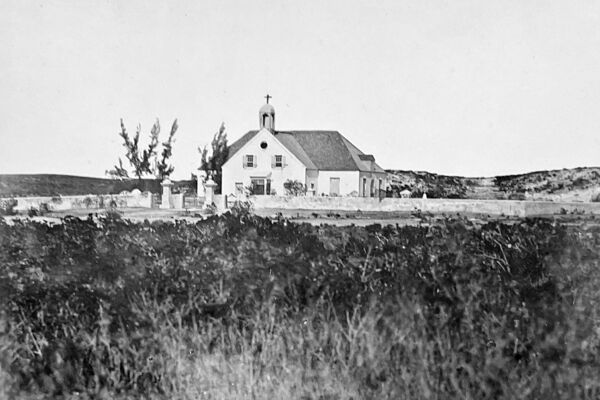
Although the Turks and Caicos was governed as a separate territory from the Bahamas and Jamaica at the time, until 1861, the three countries fell under the Anglican Diocese of Jamaica. After 1861 and still to this day, the Bahamas and Turks and Caicos remained under a single diocese.
As a British territory, the Anglican Church was sponsored and partially supported by the Government from about the period of the initial arrival of the Loyalists in the late 1700s, until the 1866 disestablishment of the Church of England in Jamaica.
When the Turks and Caicos separated from the Bahamas in 1847, the islands were split into parishes, as was a common system in many of the British Colonies in the West Indies and the Caribbean. Grand Turk was the Parish of St. Thomas, the Caicos Islands were the Parish of St George, and Salt Cay was the Parrish of St. John.
Churches and Education
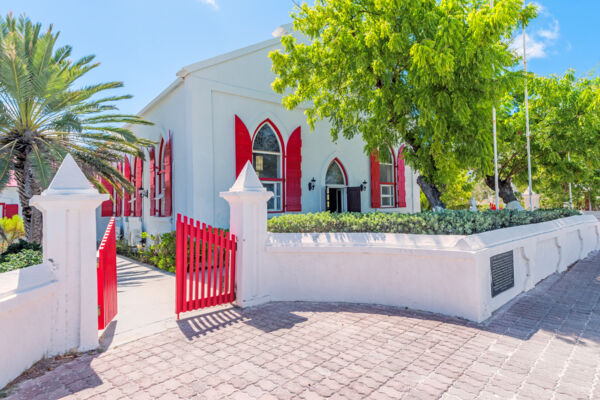
Churches have long played an important part in society in the Turks and Caicos. Previous to the 1850s, the budding country did not have much civic infrastructure, and the limited schooling that took place in the islands fell under the function of churches on Grand Turk and Salt Cay.
In 1849, then president Frederick Henry Alexander Forth (an energetic man who oversaw the construction of the Grand Turk Lighthouse and also attempted to dredge the inlet to North Creek, during his tenure) recognized the need for dedicated schools, as the education provided at the churches “was conducted as indifferently as it was attended”. President Forth subsequently established the first Board of Education in 1854.
Churches on Grand Turk
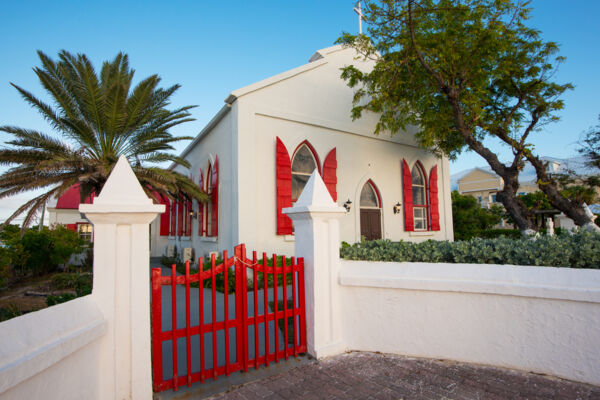
St Mary’s Anglican Church is a beautiful beachfront church, and is located on Front Street in historical Cockburn Town.
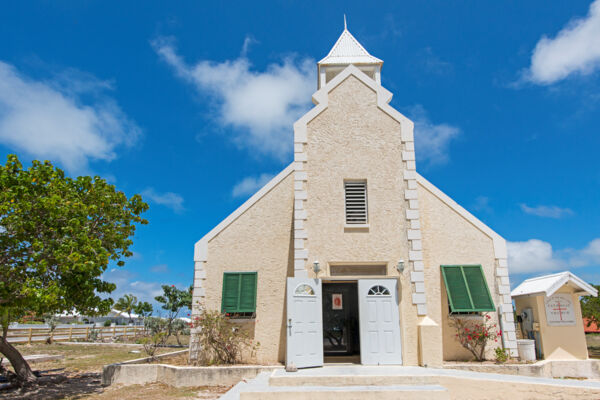
Found in southeastern Cockburn Town, Holy Cross Catholic Church only Catholic church on Grand Turk.
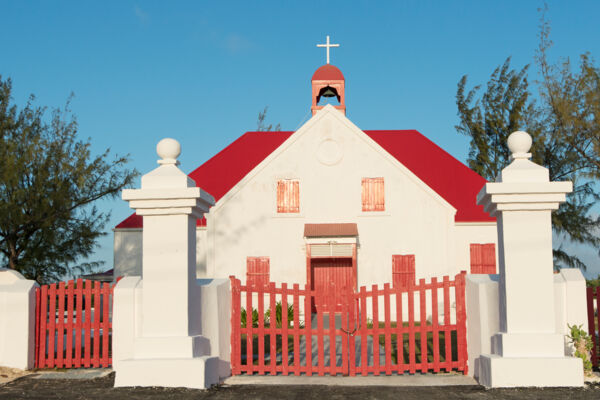
St Thomas’s Anglican Church is Grand Turk’s oldest church, and was dedicated in 1823. It’s located on the edge of Town Salina, Cockburn Town.
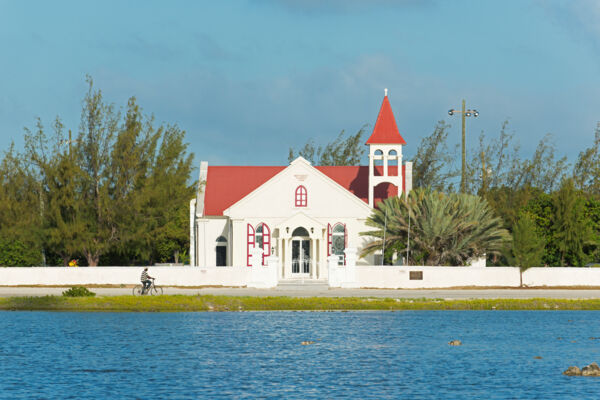
The Methodist Church of Grand Turk was built in 1930, and is the only Methodist church on the island. It overlooks the scenic salt salinas near town.

The Grand Turk Masonic Lodge is located on Front Street in Cockburn Town.
